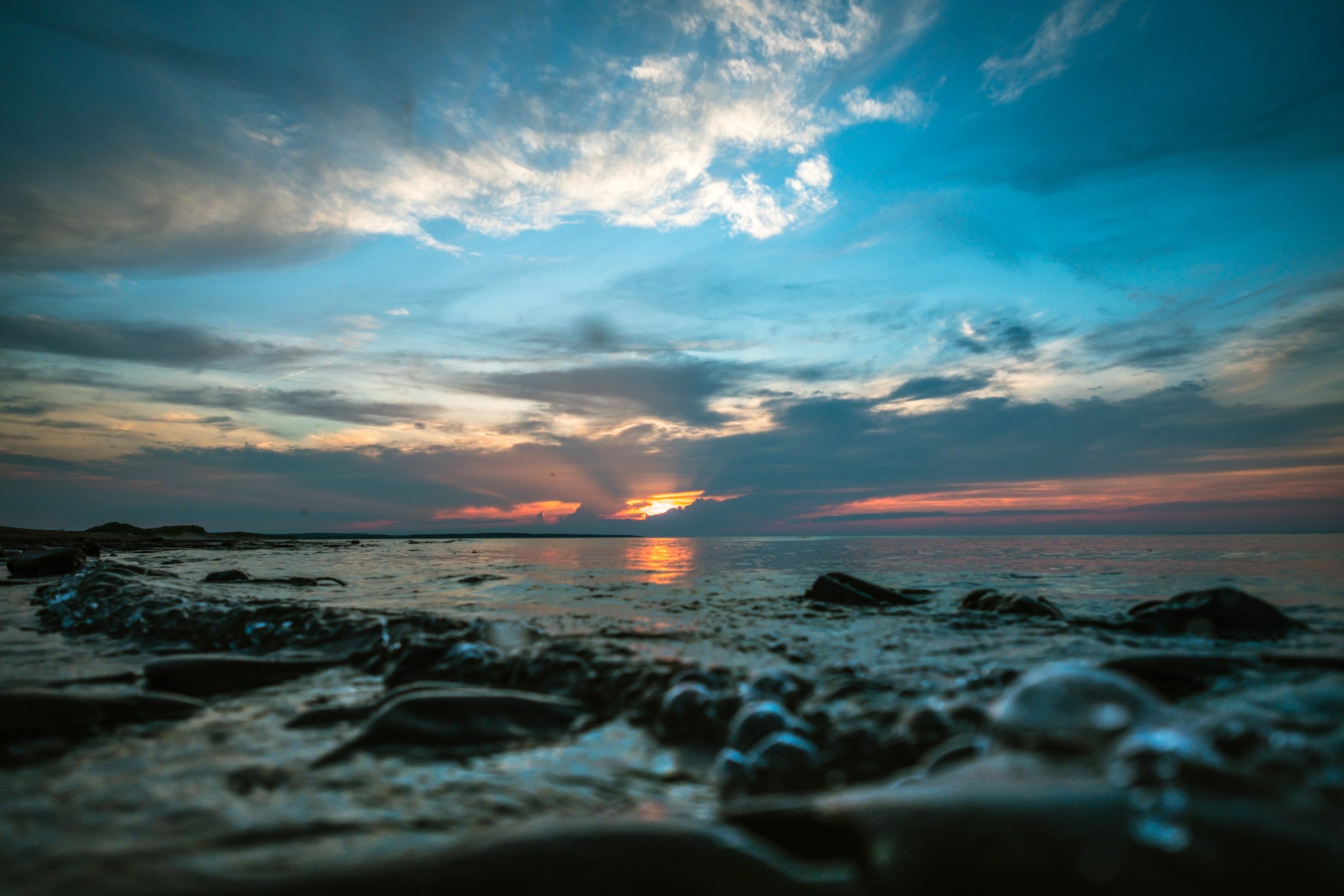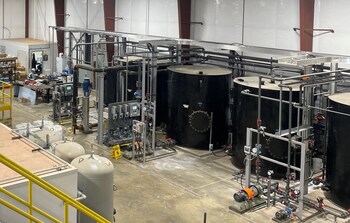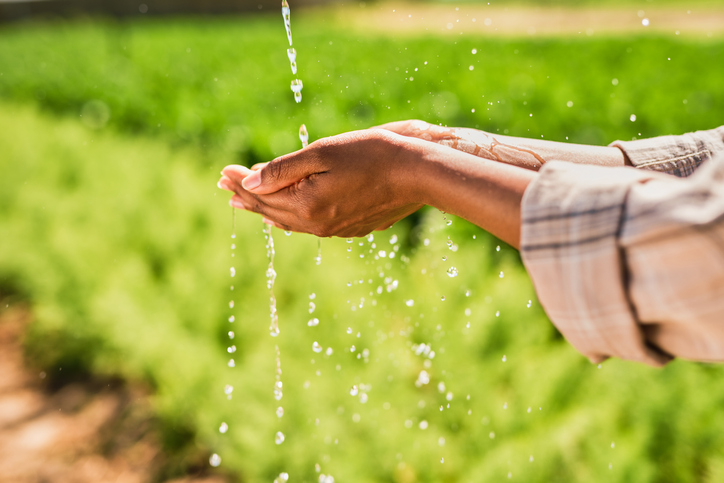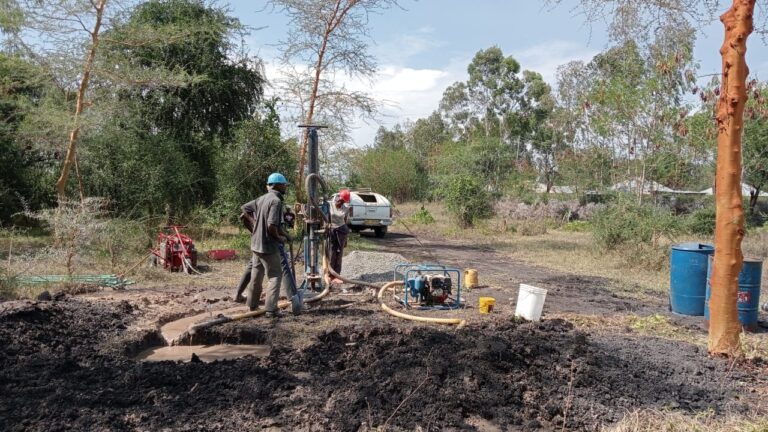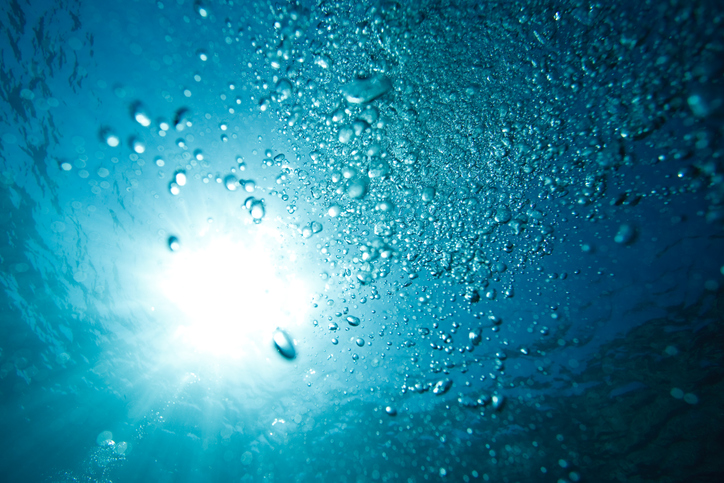In 1966, legendary canoeist Bill Mason taught a generation of Canadians what a watershed was through his iconic film adaptation of Holling C. Holling’s book Paddle to the Sea (1941). In the film, viewers follow the tale of a young boy’s hand-carved canoe as it journeys from the spring melt waters in the Lake Superior region to the Gulf of St. Lawrence. This story led thousands of Canadians to recognize that we are each connected to a watershed that ultimately leads to the ocean, no matter where in this country we call home.
Fast forward 55 years to a question posed by educator and artist, Karen Tamminga-Paton, from Crowsnest Pass, Alberta: “What do ranchers, heavy-duty mechanics, teachers, and secretaries from this part of Canada say to the ocean? How do we see Canada’s extensive coastal waters in relation to our wheat fields and coal mines?”
Karen was one of more than 3,000 Canadians who engaged in the collaborative Understanding Ocean Literacy in Canada study (2019-2020), led by the Canadian Ocean Literacy Coalition (COLC). The study co-examined Canadians’ relationship with the ocean through different lenses and lived experiences with the goal of co-developing a national ocean literacy strategy. However, to engage all Canadians in a strategy on ocean literacy necessarily requires engaging Canadians on water literacy. In fact, when silos are stripped away, they are one in the same: all waters are ocean waters.
Through the lens of ‘ocean literacy’
Ocean literacy is widely defined internationally as an understanding of how the ocean influences us and how we influence the ocean. More recently it has been described as the development of a “civic relationship with the ocean” by the Intergovernmental Oceanographic Commission of UNESCO. Fundamentally, ocean literacy is about humans’ relationship with the ocean.
Canada’s Oceans Strategy articulates that “Canada is an ocean nation.” Indeed, with the exception of Alberta and Saskatchewan, all provinces and territories touch on the approximate 243,042 kilometres of our coastline, the longest of any country in the world. The global ocean provides many basic necessities to Canadians—clean air, food, transportation, medicine, jobs—and is a determining force of weather and climate systems.
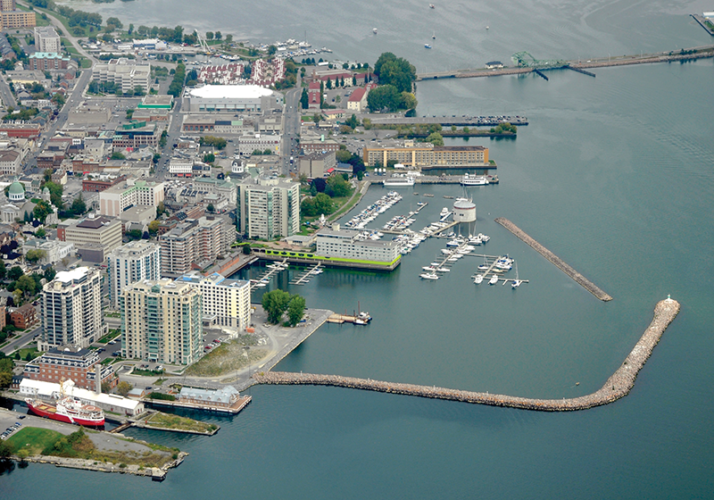
And yet, of Canada’s current population of 37.6 million, only an approximate seven million Canadians live near our marine coasts. Roughly nine in ten Canadians live within 200 kilometres of the United States border, with nearly half of those congregated along the Great Lakes and St. Lawrence waterways. What’s more, a poll conducted by Nanos Research in 2019 showed a significant gap in the Canadian public’s relational understanding of our personal, day-to-day impact on the ocean and the ocean’s impact on our daily activities. This is the very essence of ocean literacy.
To what extent, then, if at all, do we recognize the ocean in our national identity and acknowledge its critical importance to our own physical, economic, and socio-cultural wellbeing?
Through the lens of ‘water literacy’
For many Canadians, it is not the ocean and coastline that form the pulse of our ecosystems, but rather the vast interconnected landscape of wetlands, lakes, rivers, and waterways. In classrooms and communities across the country, we are commonly taught that Canada has roughly 20 per cent of the planet’s freshwater resources, made up of over two million lakes and more than 8,500 rivers. These resources provide drinking water for all Canadians before discharging into the ocean through one of five drainage basins.
Inland waterways have long been used as the country’s original “highways,” serving as important means for trade, navigation, and travel for Indigenous peoples, long before the arrival of European settlers. These freshwater routes, along with abundant access to drinking water, are the main reasons communities developed rapidly around the Great Lakes and on our rivers, and why still today they are home to Canada’s largest urban centres.
It is clear that for some of the 30 million Canadians who live inland, their connection to local freshwater sources and waterways is far more tangible and relevant than their connection to the ocean. However, these connections are not mutually exclusive, and it is long past time to adjust this narrative.
An opportunity to unite
Interconnections between our inland waterways and the ocean exist everywhere we look, as well as opportunities to safeguard and care for both. Alberta’s watersheds alone drain into four ocean basins: Pacific, Hudson Bay, Arctic, and the Gulf of Mexico. Likewise, the North Saskatchewan River waters discharge in Churchill, Manitoba, with polar bears living at the confluence of river and ocean. Fish and birds also take advantage of these aquatic connections, travelling between ocean and Canada’s fresh inland waters throughout
the year.
The challenge is not in finding the interconnections. Rather, the gap exists because current efforts to engage people in caring for local freshwater have been siloed by what distinguishes them from the ocean instead of what connects them.
Potential pathways forward together
Bridging current water and ocean literacy efforts will require an enhanced awareness of the value of this work within and across different levels and departments of government, as well as corporate, non-governmental organizations, and broader civic society. It will be essential to incorporate innovative partnerships, sustained support for education, dynamic communication, meaningful community engagement—including through citizen science and open data sharing—and a broad commitment to access and equity.
Re-connecting our inland urban areas to the ocean will require re-imagining our cities, where most Canadians live. Our cities were built to discharge waste into our waters, effectively alienating Canadians by emphasizing the need to keep away from polluted areas. “No Swimming” signs may have been intended for the public’s health and safety, but ultimately, they have served to disconnect us from the water and, in turn, the ocean.
Exciting new initiatives in urban centres such as the Gord Edgar Downie Pier in Kingston, the proposed River House in Ottawa, or the False Creek swim beach in Vancouver help to restore peoples’ connections to water and increase water accessibility for all Canadians. Perhaps most importantly, these public spaces will enable people to form the emotional foundations for increased water and ocean literacy.
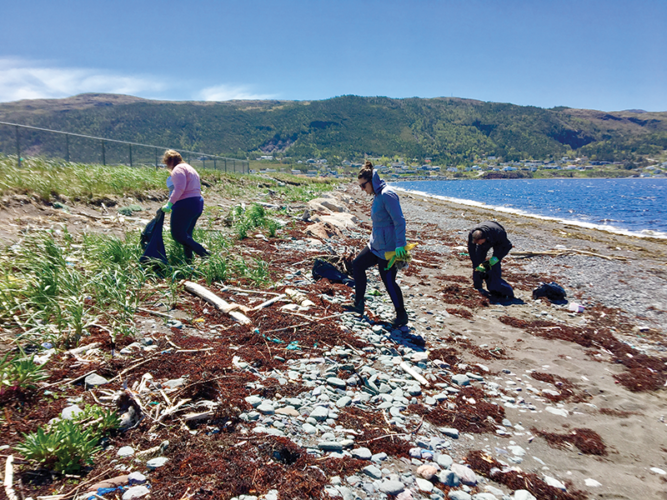
Storytelling and the arts can also be a powerful means of establishing these emotional foundations and drawing people ‘to the water’s edge.’ They are crucial to providing a bridge between freshwater and ocean experiences, as well as in engaging those who do not already see themselves in this space. Bringing these stories into Canadians’ homes can deepen the connection between water and our everyday lives; the ocean is always present, even if the water is hidden from view. It may be locked away in the rock beneath us or diverted through pipes and underground tunnels. The closest coastline may be a hundred kilometres away. But the ocean shapes our lives and we, in turn, shape the ocean.
It is imperative that we incorporate water literacy into the education system. We must also support, streamline, and scale community-based monitoring, citizen science programs, and tools related to water/ocean health as well as data sharing (e.g., DataStream, Swim Guide, Land Guardians, Marine Debris Tracker Canada, etc.).
It is a high priority to reorient existing sectors toward inclusive practices to meaningfully engage young and early career Canadians in decision-making processes in response to youth calls to action for land-water health, ocean sustainability, and broader nature-based solutions. In particular, as the sustainable blue economy grows in Canada, we must broaden perceptions to ensure that both freshwater and ocean career, innovation, and tech opportunities are well communicated, promoted, and accessed by as many diverse communities as possible.
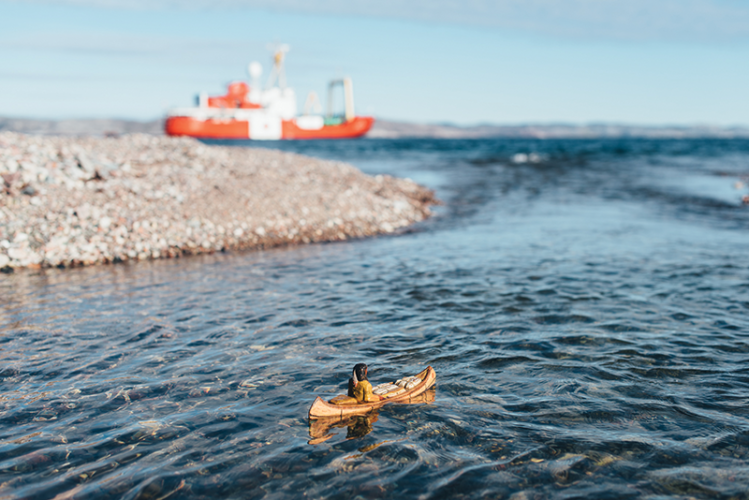
While these represent a few pathways forward, there remain broader considerations to creating an inclusive space in which all Canadians can feel connected to local waterways and to the one global ocean to which all waters flow. Perhaps most importantly, we must ask ourselves how the current and emerging water and ocean literacy efforts are an opportunity to contribute to true reconciliation between Indigenous and settler societies, and between broader Canadian society and the land and waters.
Above all, it is essential to increase coordination and use more holistic, integrated approaches to terrestrial, freshwater, and marine conservation. These efforts must engage and reflect community-level priorities and recognize and learn from Indigenous-led conservation efforts (i.e., IPCAs; Land Needs Guardians). Indigenous Peoples of Canada understand best the interconnectivity between land, freshwater, coasts, sea ice (particularly for Inuit), and the ocean.
A concluding thought
If we all accept that the ocean is the determining life system of the planet, recognizing that a healthy global ocean is essential to life on land (and not the other way around), then ocean literacy is a necessary pursuit. The goal of ocean literacy, at least in a Canadian context, is to encourage and support Canadians to discover for themselves the connections that water makes possible in our lives, jobs, culture, and economy.
In 1985, before personal computers, Apple ran an ad during the Super Bowl portraying people tearing down the walls surrounding the fortress of knowledge. The idea was that the invention of personal computers would replace mainframe computers and give people access to knowledge and knowledge sharing in their homes and offices—a brilliant insight, as it turns out. Ocean literacy, including citizen science, has the same potential. It will revolutionize our understanding of water. The connectedness of freshwater and the ocean and all life that depends on these connections can be discovered anywhere in Canada. You do not need to be on the ocean or live on the coast to discover it. You just need to go to the water’s edge.
This article was written by Diz Glithero, Mark Mattson, and Sarah MacNeil for the January/February 2021 issue of Water Canada. Diz Glithero is the national coordinator for the Canadian Ocean Literacy Council. Mark Mattson is the founder of Swim Drink Fish. Sarah MacNeil is the St. Lawrence regional coordinator for the Canadian Ocean Literacy Council.

